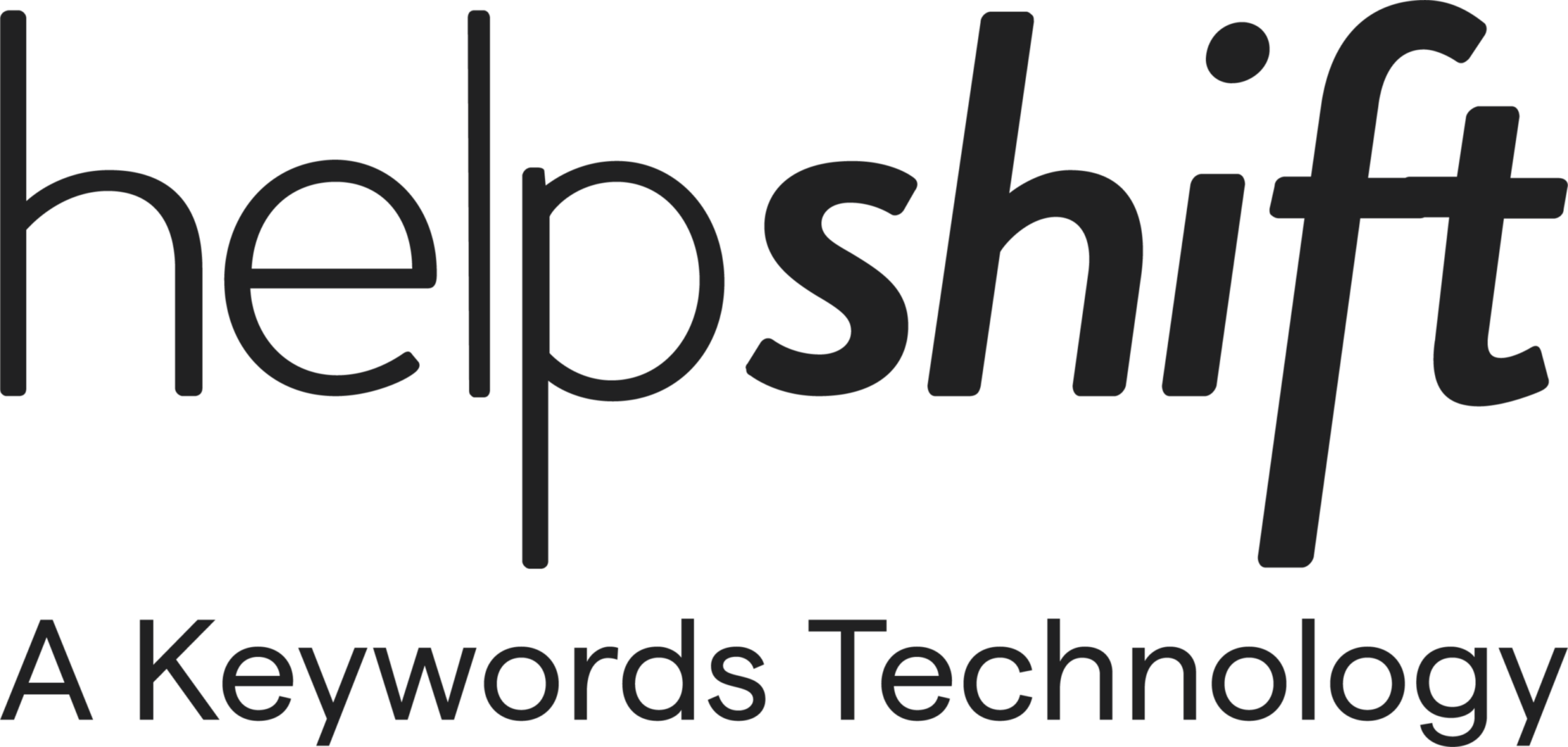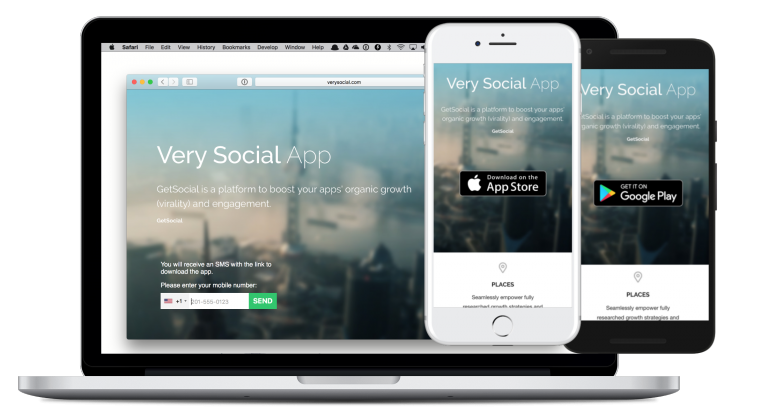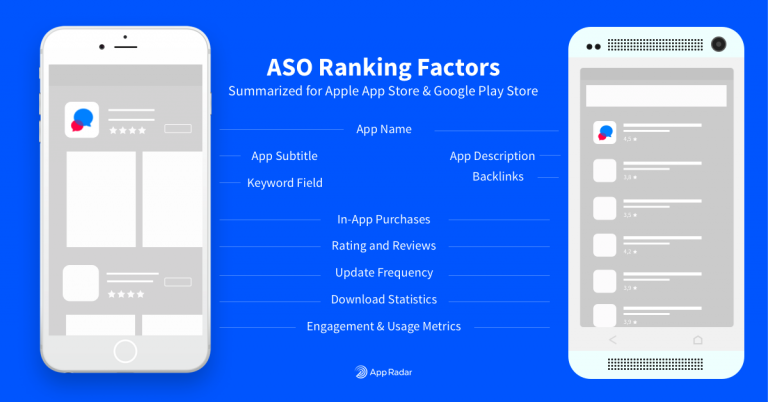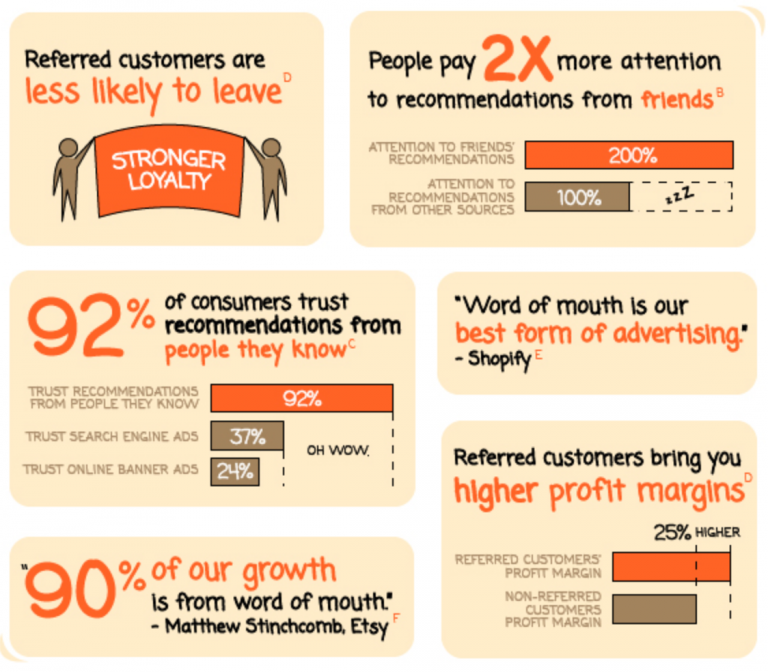SEO for Mobile Apps: Why Does It Matter

App stores are the main source of incoming traffic and downloads for mobile apps. But a search engine can become the second channel for app promotion because it can lead users to the app’s website and then to the product itself. In this article, we are going to find out why mobile SEO is important and explore the differences between the SEO and ASO processes.
Do Apps Use SEO?
In 2015, Google created the app indexing technology, which helps to link websites to mobile applications. This technology is available for both Android and iOS. The working principle of app indexing is quite simple. If a user is looking for something on a smartphone, and the result is a web page to which the application is linked, the operating system immediately offers to install and run the app. With this technology, you can integrate the necessary content directly into the application. Therefore, we can say that mobile apps do use SEO.
What Is the SEO of an App?
Originally, SEO (search engine optimization) pertained only to websites. SEO is a set of measures and activities aimed at improving a website so that it can rank higher on a search results page. Accordingly, the SEO of a mobile application refers to the optimization of an App Store or Google Play app to improve the ranking on a search results page.
Why Does SEO Matter for Mobile Apps?
When used in combination with ASO (App Store Optimization), SEO can be really helpful if your goal is to improve your app’s discoverability. As per Google, in 2015, 27% of users were discovering new mobile applications through search engines. Today, this number is not that high, but people still use search engines to look for apps. Therefore, if you optimize your product both for ASO and SEO, there’s a high chance that it will get traffic not only from the app stores but also from search engines.
SEO vs ASO
ASO (App Store Optimization) is the optimization for the application marketplaces. It is sometimes also referred to as SEO for apps. ASO is aimed not at attracting organic traffic, but rather at ensuring that the product gets a high ranking in the app store and users download it.
Here are the key differences between SEO and ASO:
- Organic ranking algorithms. On the web, the ranking is based on the quality of content, the number and quality of incoming links, and engagement metrics (e.g. bounce rate, time spent on the website, etc.). In mobile apps, the most important factors are app ranking and reviews, ranking in categories (which affect keyword rankings), download speed, and app page conversion rate.
- Keyword selection method. ASO requires longer keywords and at least 50% of them are brand keywords. In addition, ASO has more restrictions, for example, on the maximum number of characters for the app title and app description.
- The website marketing funnel is less action-oriented in the beginning, as conversion occurs at the end (for example, a purchase). In app marketing, conversion is important at the very beginning, that is, at the download stage.
- Mobile device attribution is much more complex than web attribution, as there are more points in the user’s journey where the user can fall out of context.
- Website landing pages give more freedom to define points of interaction, unlike app landing pages where these points are fixed.
- A/B testing for the web has a lot more options for choosing a resource. For iOS, there is no way to test apps for free, and even if you use the free Google Play Experiments platform for Android, it will not be enough.
How Do You Optimize an App for SEO?
The process of app indexing by the Google search engine is quite simple. All you have to do is to link a website to the app. This process is called “website association”. Follow these steps:
- Add an Intent Filter to the app that supports URLs and Google search.
- Link a website to an app.
- Add the App Indexing API code that will index the app in the search engine.
After that, you should make sure that your app can reach the top of search engines and bring you profit. This is where SEO comes into play. You will have to find out what queries people use to search for your app and integrate these words into the semantic core of the website and app.
Define your target audience
Defining a target audience is a rather important step for a business in general. Without understanding who your potential client is, what their needs are, and what words they use to describe the product you offer, you will not be able to grow and earn money.
Define keywords
Keywords are words and phrases that most often appear in search engines when people are trying to find the product or service they need. There are the following types of keywords based on popularity:
- Low-frequency (LF);
- Mid-frequency (MF);
- High-frequency (HF).
Low-frequency keywords are words and phrases that appear in search results least often. Approximately half of the search traffic is made up of lengthy queries that no one will repeat in a lifetime. Mid-frequency words are more common, and, accordingly, high-frequency words are those that the consumers use more often than others.
In addition, according to the needs of people, key phrases can be divided into informational and transactional. Informational requests are phrases with which the users are looking for answers to their questions: how to clean shoes, how to cook lasagna, and so on. If, after some request, a person performed a certain action (purchase, order, download, etc.), such a request is called transactional.
Integrate the keywords into the app’s semantic core
A complete list of words and phrases (keywords) that are the basis of the website and app forms the app’s semantic core. Of course, all keywords should directly pertain to your business, because your potential customers will use them to find you. Therefore, when you have collected absolutely all the words and phrases that may be suitable for your business, you need to remove the rest of the keywords that may be irrelevant.
Write SEO content
When you have a list of keywords ready, you can move on to writing all the text content that will be on your website and in the app. This content will drive search engine traffic to your website and, accordingly, to the app.
How Do You Optimize an App for ASO?
Web and mobile marketing are not the same. Therefore, the steps of the ASO process are different from those of the SEO process.
ASO is the optimization of all elements on an app’s page in the marketplace. That is the title, description, icons, screenshots, user reviews, etc. The key tasks of ASO are:
- Increase the app’s discoverability and, as a result, get more views and installs from key requests in the store.
- Optimize conversion, which is impacted by headings, icons, and screenshots.
The benefits of ASO are as follows:
- Quick results (indexing in the App Store occurs on the next day while in Google Play it may take a couple of weeks).
- It is possible to influence not only the search but also the Browse (App Store) and Explore (Google Play) functions.
- ASO results can be better than SEO results because the stores support app localization. The App Store supports 39 locales whereas Google Play supports over 80 of them. For example, if your application failed in the US market, you can localize it and try to promote it in other countries.
ASO is conventionally divided into two parts – technical and visual.
The technical ASO includes several factors:
- title;
- description;
- keywords;
- number of downloads;
- reviews and ratings.
Visual ASO pertains to the name of the app, its icon, screenshots, and videos. All of them influence the user’s decision to install the app. It is possible to select the most successful options with the help of A/B testing. You can carry out the testing on a landing page that simulates an app store page and attract traffic there through advertising. As a result, the options are selected that show the highest conversion rate from page view to the app install.
For efficient ASO, you need to collect the semantic core, meta data, and graphics for the app. Then you need to analyze them after the app release and begin a new iteration of creating meta data and graphics.
To collect the semantic core, you first need to research the competitors’ requests from their titles and search results. Then you can look for suggestions for these requests. In the Apple App Store, it is also possible to add requests from recommendations by Apple Search Ads.
When the semantic core is ready, you should start collecting meta data for the title, subtitle, and keywords. After that, you can add those requests to a specialized service, such as Search Ads Popularity. Having sorted the words, you will get the most popular requests, which you should use in the meta data, and filter out the least popular requests.
Measuring the Results
To define the efficiency of SEO and ASO, you can use specialized metrics. The most important SEO metrics and KPIs are as follows:
- Discoverability and positions in search engines
- Website traffic and brand traffic growth
- The cost of the target action (lead)
- The cost of attracting a visitor, CPC
- Customer acquisition cost
- Return on investment (ROI)
- Improvements in behavioural factors
The most important ASO KPIs for mobile apps are:
- Positions of keywords
- App rankings per category
- Featured apps
- Conversion to app page view from the search
- Download conversion rate
- Downloads from search
- Explore / Browse traffic
- Return on investment (ROI)
Over to You
People still use search engines to discover mobile apps. At the same time, despite the usefulness of SEO, we should not forget that the main channel for app discovery is still the search in the App Store and Google Play. Therefore, you can use both types of optimization to improve the conversion of your app.
At the same time, we recommend placing a greater emphasis on ASO than on SEO because the web and mobile marketing strategies are different. SEO and ASO vary in terms of organic ranking algorithms, keyword selection methods, marketing funnel, attribution, landing pages, and A/B testing options. The stages of each process are also different, so better consider this when optimizing your app.






